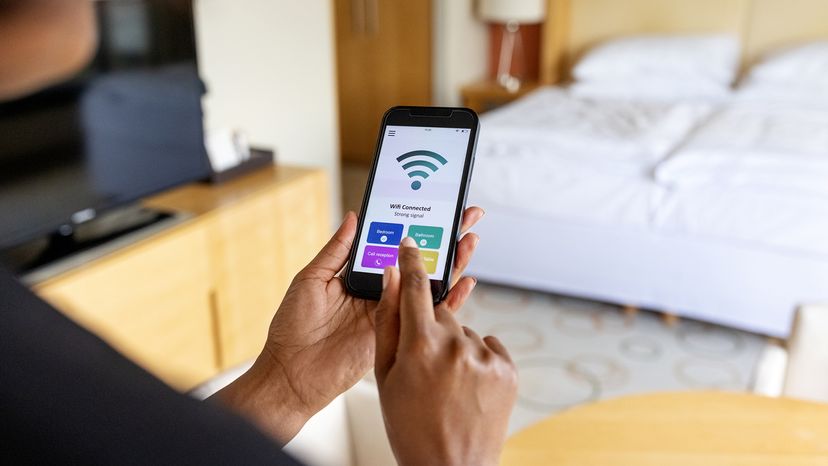Figuring out which option is right for you is also contingent on your overall internet setup. These are just a few other important things to keep in mind.
The Role of a Wireless Router
A wireless router is the heart of your home network, responsible for distributing the wireless signal throughout your space. It connects to your modem and broadcasts the WiFi network to all your connected devices. The main router plays a critical role in ensuring that your internet connection is stable and efficient.
How WiFi Repeaters Can Help
A WiFi repeater can also enhance the coverage of your existing WiFi network. It does that by duplicating the wireless signal from your main router and basically creates a secondary network to expand your coverage beyond what your current router allows for.
The Importance of Ethernet Cables and Ports
While wireless solutions are convenient, wired connections via ethernet cables can provide a more stable and faster connection for certain applications. Connecting a wired device directly to your router using an ethernet cable ensures minimal interference and optimal performance.
Most wireless routers and wireless repeaters have ethernet ports that allow you to connect devices such as smart TVs, gaming consoles and desktop computers directly to the network, improving their connection stability and speed.
Optimizing Your Network With Different WiFi Channels
WiFi interference can significantly impact your network performance. Using a different WiFi channel can reduce interference from neighboring networks. Most current routers allow you to switch channels to find the one with the least interference.
Ensuring Seamless Connectivity for All Devices
For the best performance, ensure that all your connected devices are compatible with your network setup. Modern wireless routers and range extenders support multiple devices simultaneously, ensuring that all your devices receive a strong and stable connection.
